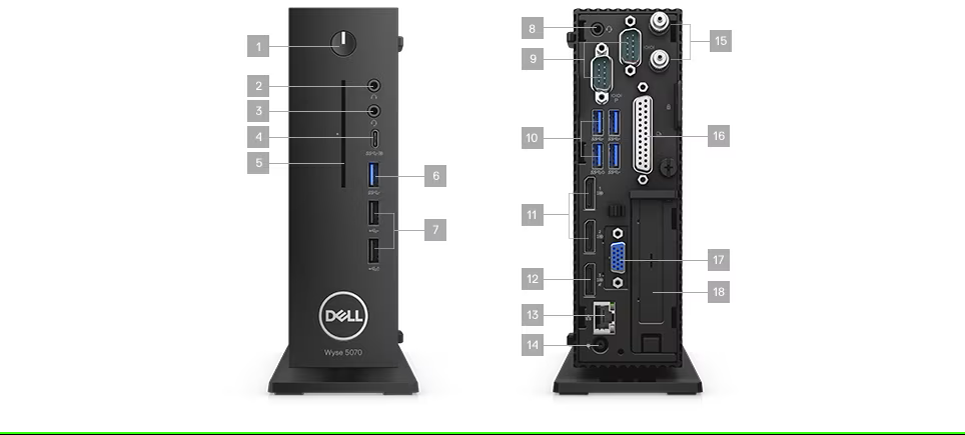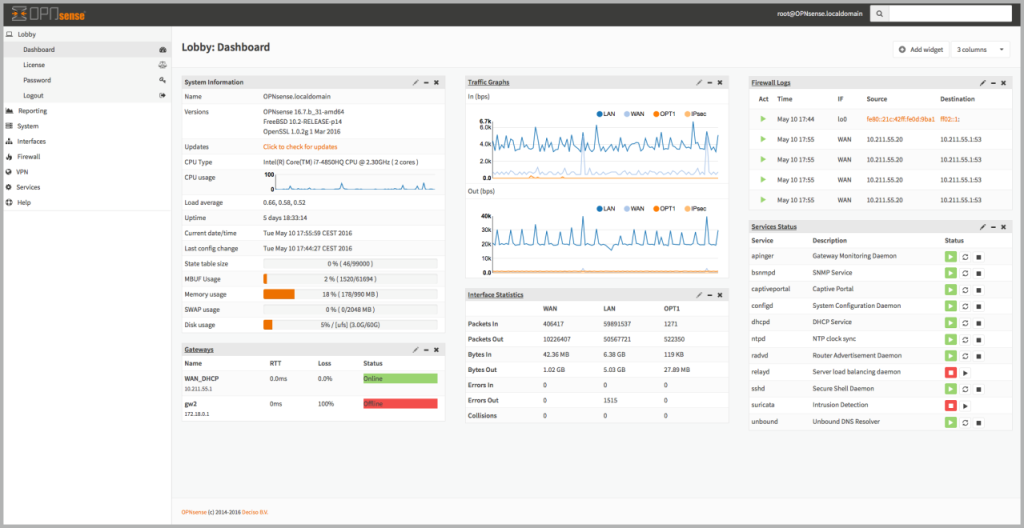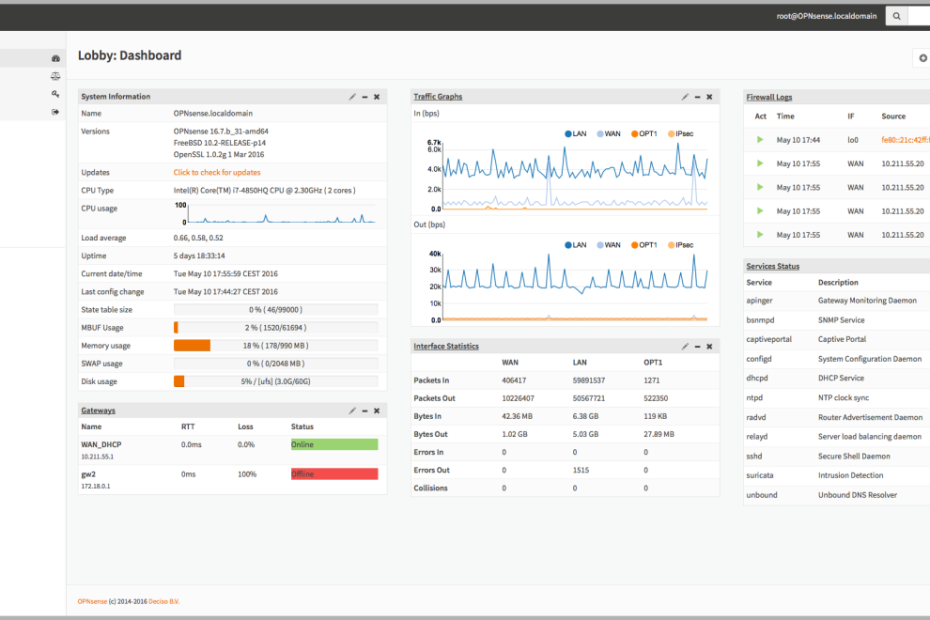Dell Wyse 5070 Extended: Build a Powerful Firewall with OpnSense
The digital landscape is continuously evolving, making it crucial to safeguard our networks against emerging threats. For tech enthusiasts and those keen on home networking solutions, setting up a homelab serves as both an educational experience and a practical endeavor. One intriguing option for building a robust firewall is the Dell Wyse 5070 Extended.
In this blog post, we’ll explore how to utilize this MiniPC effectively as a firewall using OpnSense, a popular open-source firewall and routing software.
Why Choose the Dell Wyse 5070 Extended?
When selecting hardware for a firewall, performance, reliability, and ease of use are paramount. The Dell Wyse 5070 Extended brings several benefits:
- Versatile Design: Its compact form factor allows it to fit snugly in any home office or entertainment setup, ensuring that it won’t disrupt your space.
- Powerful Performance: With Intel’s processors under the hood, this MiniPC provides decent computational power for running firewall services efficiently, choose the J5005 not the previous version j4105.
- Energy Efficiency: Consuming minimal power while delivering optimal performance is a vital aspect of any homelab setup.

Even though the Wyse 5070 is designed primarily for thin client computing, its adaptability makes it a brilliant candidate for firewall usage.
Setting Up OpnSense on Dell Wyse 5070
To harness the full potential of the Dell Wyse 5070 as a firewall, installing OpnSense is a necessary step. OpnSense is a FreeBSD-based firewall solution that enables users to create a powerful network security environment.
Steps to Set Up OpnSense on Your Dell Wyse 5070:
- Obtain the OpnSense ISO: Start by downloading the latest OpnSense version [here]. This file will be crucial for your installation.
- Prepare Bootable Media: Use tools like Rufus or Etcher to create a bootable USB drive from the OpnSense ISO.
- Install a Network PCI Express Card: To function as a true firewall, you’ll require a low-profile PCI Express card. This addition allows for multiple network interfaces, which is essential for setting up different zones (WAN, LAN, etc.).
For eBay deals on network cards and other components, consider checking eBay.
- Install OpnSense: Insert the bootable USB drive into the Dell Wyse 5070 Extended and boot from it. Follow the installation prompts on-screen, choosing default settings for most options, unless you have specific preferences.
- Network Configuration: After installation, configure your WAN and LAN interfaces appropriately in the OpnSense dashboard. Ensure your WAN interface connects to your internet source, and the LAN interface connects to your home network.

Benefits of Using OpnSense as Your Firewall
Implementing OpnSense on your Dell Wyse 5070 offers various advantages:
- User-Friendly Interface: The dashboard is intuitive and informative, providing easy access to essential functionalities.
- Open-Source Advantage: Being an open-source solution, OpnSense benefits from robust community support and regular updates, ensuring you stay protected against the latest threats.
- Advanced Features: Features like VPN support, IDS/IPS (Intrusion Detection/Prevention System), traffic shaping, and multi-WAN support enhance your network’s security and manageability.
Best Practices for Configuring OpnSense Firewalls
While the installation process is quite straightforward, there are best practices to follow to ensure your setup remains robust:
- Regularly Update: Always keep OpnSense updated to protect against vulnerabilities.
- Backup Configuration: Make regular backups of your settings for easy recovery during system failures or migration.
- Monitor Traffic: Use the built-in reporting tools to monitor network traffic and identify unusual activity or potential intrusions.
Conclusion and Community Engagement
Utilizing a Dell Wyse 5070 Extended to create a firewall using OpnSense opens up a wealth of possibilities in your homelab. This setup not only enhances your understanding of network security but also provides a foundation for a more secure home network.
As you embark on this exciting journey, remember that the homelab community thrives on shared knowledge and experiences. I encourage you to **drop a comment below** about your experiences or any queries you might have regarding building your own homelab. Let’s learn together!
Feel free to delve deeper into OpnSense resources for more insights. Check out [OpnSense Documentation] for further reading.
Happy tinkering!
